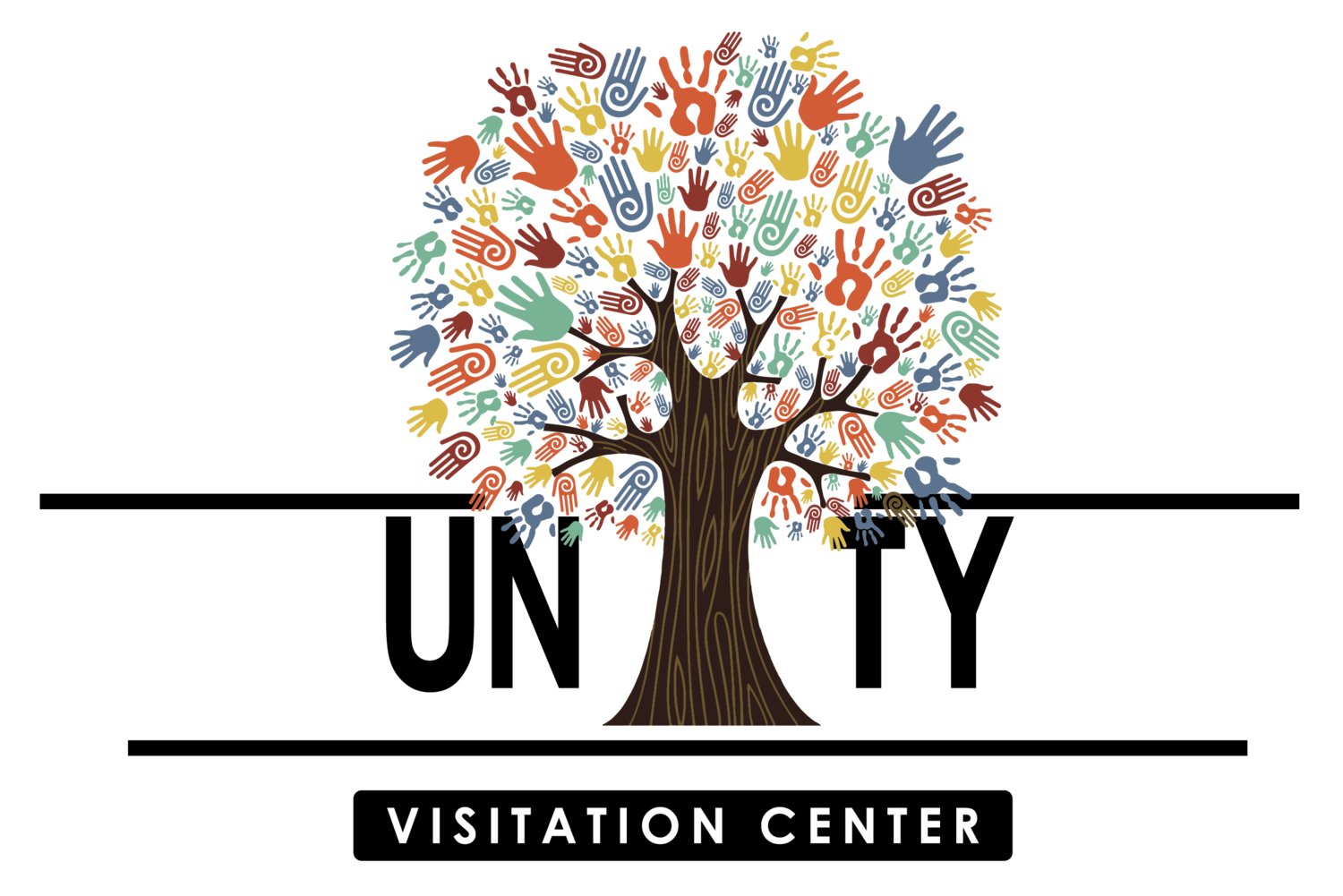Rebuilding Trust After Trauma: The Power of Supervised Visitation
Rebuilding trust after trauma, especially in cases involving family dynamics, can be a complex and sensitive process. Supervised visitation plays a crucial role in this context, providing a safe environment for parents and children to reconnect and rebuild their relationships under professional supervision. Here's how supervised visitation can help in rebuilding trust after trauma:
1. Ensuring Safety
Physical Safety: Supervised visitation centers ensure that children are safe from potential harm during visits. This is particularly important in cases where there has been abuse or violence.
Emotional Safety: Professionals are trained to create a supportive and controlled environment, minimizing the risk of emotional harm and ensuring that interactions remain positive and non-threatening.
2. Monitoring and Support- Professional Monitors – Facilitators of Trust
Professional monitors play an integral role in this trust-building process. Their training and skills help them manage visitations sensitively, ensuring the child's emotional and physical safety while facilitating positive interactions. This impartial presence helps children feel more secure and gradually rebuild their trust.
Professional Oversight: Trained Monitors observe the interactions between the parent and child, providing immediate intervention if necessary. This oversight helps in managing any potential triggers or conflicts.
Guidance and Feedback: Trained Therapeutic Monitors can offer feedback to parents on their behavior and interactions, helping them understand how to communicate and bond with their child effectively.
3. Creating Positive Experiences
Structured Environment: Supervised visits are structured to encourage positive interactions. This can help in building new, positive memories that can replace the negative ones associated with past trauma.
Consistency: Regular, supervised visits provide a consistent opportunity for parents and children to interact in a safe setting, which is crucial for rebuilding trust.
4. Rebuilding Trust
Gradual Reintroduction: Supervised visitation allows for a gradual reintroduction of the parent into the child’s life, giving both parties time to adjust and rebuild their relationship.
Demonstrating Change: Parents have the opportunity to demonstrate their commitment to change and to show their child that they can be trusted, through consistent, positive behavior.
5. Supporting the Healing Process
Emotional Healing: Supervised visitation can help in the emotional healing process by providing a controlled environment where positive interactions can take place, fostering a sense of security and trust.
Therapeutic Support: In some cases, supervised visitation can be combined with therapeutic support, providing both the parent and child with the tools they need to heal and rebuild their relationship.
6. Legal and Therapeutic Benefits
Court Compliance: Supervised visitation ensures compliance with court orders, providing documentation of the visits and the parent’s behavior, which can be crucial in custody cases.
Therapeutic Insights: The observations made during supervised visits can provide valuable insights for therapists working with the family, helping to tailor interventions and support to their specific needs.
Remember, it's a gradual process, and patience is essential. We must respect the child's pace and provide them with the necessary support and space to heal.Supervised visitation is a powerful tool in rebuilding trust after trauma, providing a safe and supportive environment for parents and children to reconnect. By ensuring safety, providing professional oversight, and supporting the healing process, supervised visitation can help families move forward and rebuild their relationships on a foundation of trust and positive interactions.
